Choosing An Eco Friendly Christmas Tree
Is It Really Eco Friendly?
December 13, 2019 | Kathryn Kellogg
Last Updated on September 19, 2022
Choosing an eco friendly Christmas tree is easier than you might think! We will explain if real trees or fake trees are better for the environment!
There are pros and cons to buying both real trees and artificial trees. This guide will give you plenty of both! We will discuss this in detail to help you decide on the best sustainable Christmas trees for you!
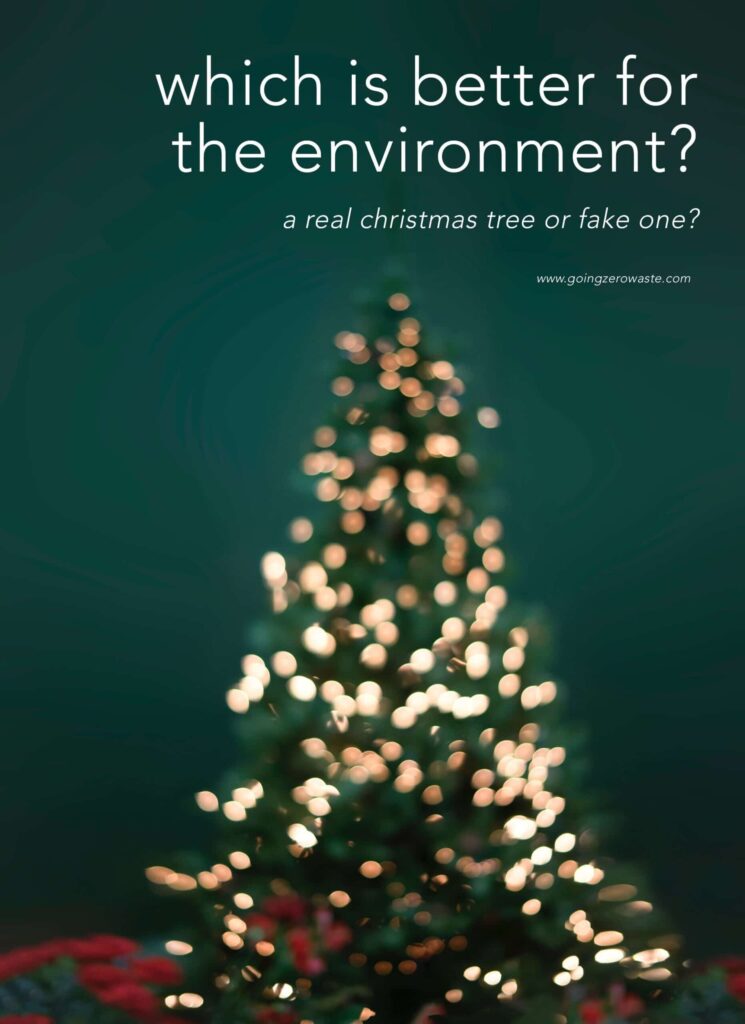
Table of Contents
choosing an environmentally friendly Christmas tree
It’s time to answer the age-old question: Which makes a better eco friendly Christmas tree? Real trees or fake trees?
As Christmas fast approaches, I’ll bet you’ve probably mulled over how to find the best environmentally friendly Christmas tree few times.
Thankfully, I’m here to help provide an answer! Let’s break it down together by comparing them.
pros: real trees
First and foremost, real trees smell great — and you can’t get that from fake trees. There’s no denying that. But on a more serious note, there are so many other pros to getting a real tree.
For starters, almost all real Christmas trees are grown on farms. In fact, 350 million trees are grown on Christmas tree farms, to be exact.
So, you don’t have to chop a tree down from the forest to get one anymore.
This is good because it leaves forests untouched.
Since Christmas trees are grown like crops on farms, the farmer will generally plant another tree whenever one gets picked.
more eco friendly Christmas tree pros
Christmas tree farms are also located in all 50 states, making it really easy to find locally grown trees. When you buy fresh trees, you also help support local farmers.
Christmas tree farms are also amazing because they serve as a habitat for local birds, insects, and other wildlife.
In fact, if you happen to visit a farm that lets you cut your own tree, you might want to check the tree thoroughly: You may find a bird’s nest in there!
When Christmas ends, and you want to take down your tree, the tree can be mulched and used to feed plants.
Real trees can also be composted. You can even use their branches and trunks to create DIY decorations and coasters.
Alternatively, most big cities and towns have curbside pick-up options for recycling real Christmas trees, along with drop-off centers.
So, there’s never any need for your tree to go to waste.
I will advise you not to wrap your tree in a plastic bag to put it on the curb, though.
Most curbside pick-up options won’t accept it if it’s in a bag! Plus, it’s just unnecessary plastic waste (and the bag tends to rip anyway, so you’re better off without it).
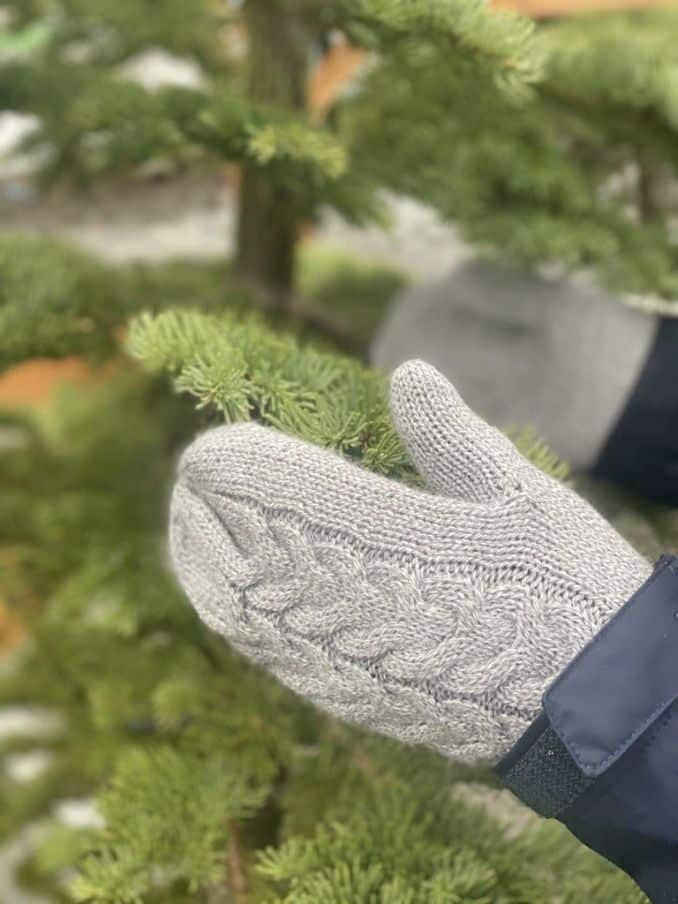
cons: real trees
There certainly are a few cons that come with owning a real tree.
For starters, Christmas trees do have some pest problems, so that means they’re typically grown with pesticides that are toxic to wildlife. Sometimes, they’re also toxic to humans too.
These pesticides are usually sprayed in the spring and summer, so their residue is often minimal by the time we get our hands on the trees.
That said, even if the consumer isn’t being exposed to the chemicals, the workers and wildlife still are.
When pesticides are used, they can trickle into our rivers and oceans, which threaten the health of aquatic life.
Another con is lugging the Christmas tree up and down stairs, or the fact the pine needles really do get everywhere.
It can be a pain to deal with, but those cons aren’t as serious. Plus, you can compost the pine needles or use them to make a pine-infused vinegar spray!
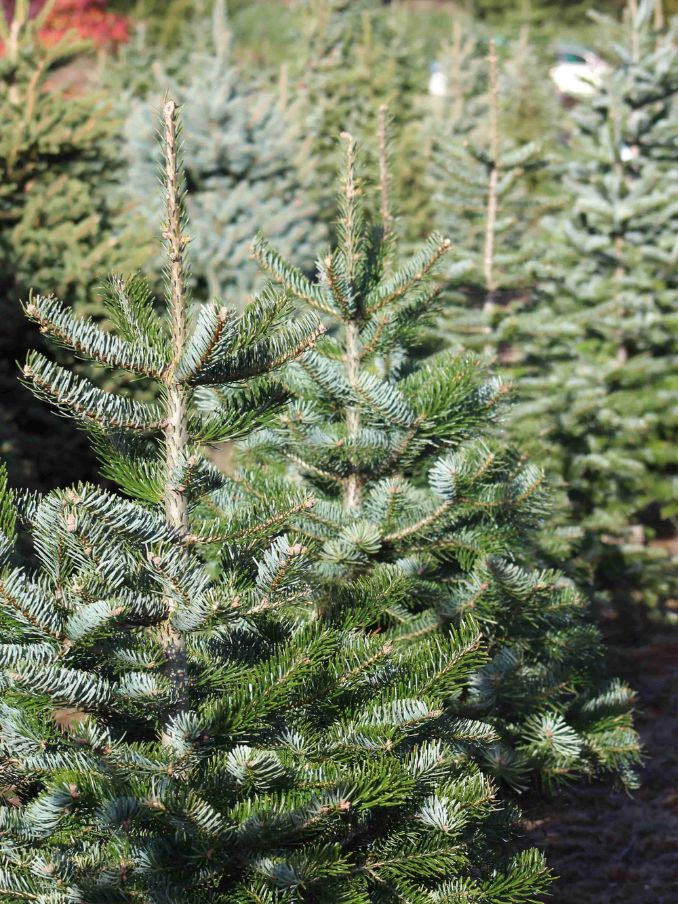
pros: fake trees
Fake trees are reusable and cheap: Two things bound to make anyone happy.
You can store these in your basement or attic with ease and never have to worry about purchasing one again if you so choose. It certainly does save you money every Christmas.
You can reuse a really good fake tree for over ten years if you keep it in good condition.
Some are designed to last 20 or 30 years, give or take. This makes them really great to pass on to your children too.
They’re also typically easier to set up. Some even come pre-decorated or with lights built in. This definitely makes your life easier.
Also, they’re perfect for those who are allergic to pine trees or don’t like the possibility of bugs crawling out of your tree.
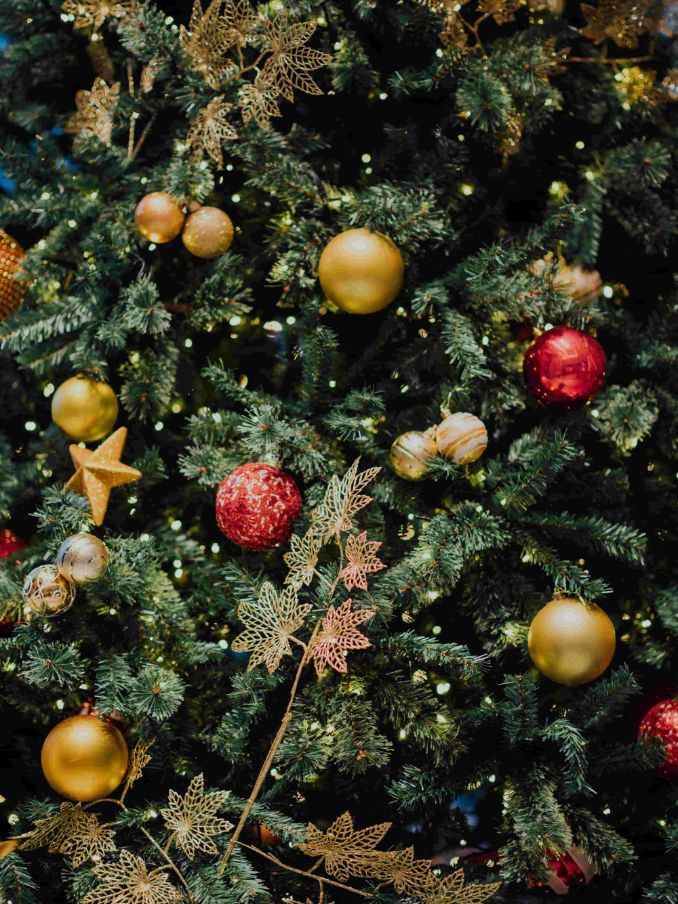
cons: fake trees
Artifical trees are, you guessed it, made out of plastic. Specifically, polyvinyl chloride (PVC) which is a non-recyclable plastic.
To make matters worse, PVC has been linked to several health and environmental problems.
For starters, PVC is heavy in chlorine content, which means dioxins are released during the manufacturing, burning, or landfilling of PVC.
Not to scare you, but exposure to dioxins can cause developmental, reproductive, and other health problems. That’s because dioxins are suspected to be endocrine disruptors.
Artificial trees may also be manufactured with lead and other toxic additives.
Is that really something you want in your home, let alone entering the environment?
Worse yet, more than 85 percent of artificial Christmas trees in the U.S. are imported from China.
Think about how much fossil fuels it must take to import that many trees from overseas.
View this post on Instagram
sustainable christmas trees conclusion:
The most eco friendly Christmas tree you can get is a locally grown tree that was sprayed with little to no pesticides – and make sure to compost or recycle it at the end of its life.
But perhaps an even better option than that is buying a living tree, roots intact, that you can keep as a house plant or replant in your backyard!
Of course, not everyone can opt for a real environmentally friendly Christmas tree, but it’s a great idea.
If you really must get an artificial tree, plan on using it for a while.
An artificial Christmas tree needs to be used for at least eight to nine years for it to even come close to being as eco-friendly as a real tree.
However, according to another study that came out in 2009 from Montreal, an artificial Christmas tree would have to be used for more than 20 years to be greener than buying a real tree annually.
This study takes into account greenhouse gas emissions, the use of resources, and human health impacts.
Taking that into consideration, I’d say opt for choosing a real tree unless you know you can commit to reusing a fake one for that long.
Of course, if you already own a fake tree, then use it as long as possible!
If you do want to opt for a fake tree, try to get one secondhand or one that says “made in USA” on the label to cut down on the tree’s carbon footprint (seeing how most are flown in from China).
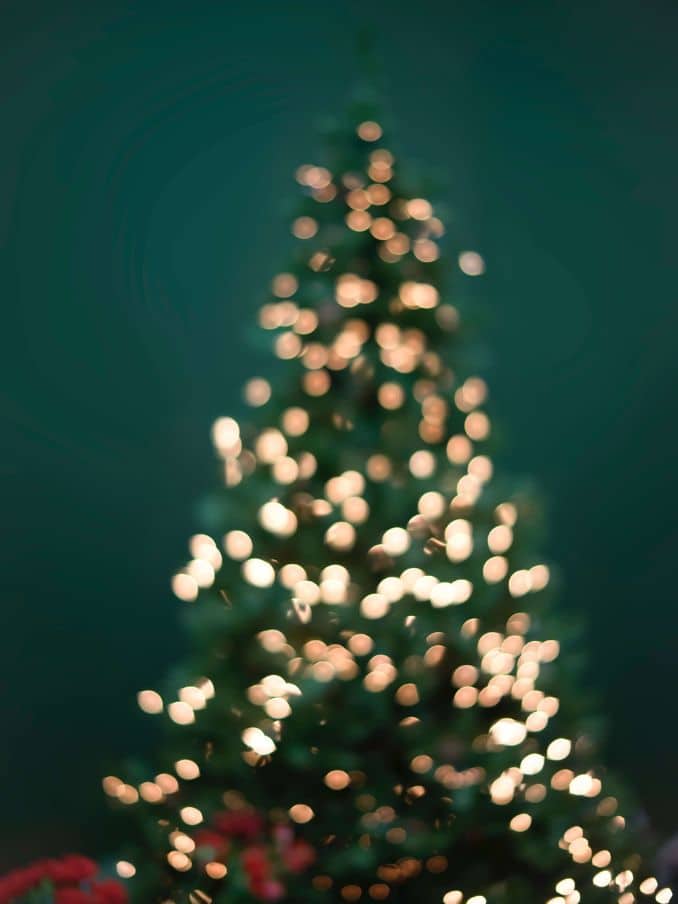
zero waste ornament ideas:
Okay, now that you know all about the best sustainable Christmas trees, let’s talk ornaments! Whatever tree you decide to get, make sure to decorate it with some zero waste Christmas ornaments!
Some cute ideas include making some snowflakes from toilet paper rolls, ornaments from dried oranges, or popcorn as a garland.
You can easily make dried oranges by cutting several oranges thinly, placing them on a tray, and baking them in the oven for two hours at 200 degrees F.
They make adorable ornaments, but you can also string them to create a garland as well.
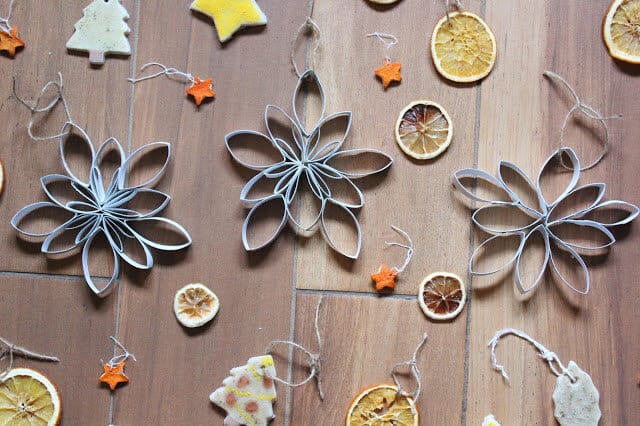
I personally really love salt dough ornaments – so much fun and easy to make. You can paint them using DIY all-natural paint too!
I made them here (along with other cute ornaments) in this zero waste ornament post.
What kind of tree will you be getting this year? Do you prefer real to fake ones?


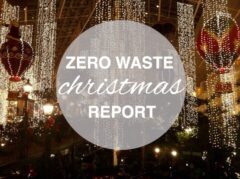









We purchased an artificial tree in 1987 and had it for 28 Christmases. Now in a smaller house, we have a smaller tree, just put up for its 5th time. Lots of the decorations are hand made. Thank you for setting out the pros&cons so well. It’s a personal decision, but it’s always good to be armed with the facts. Thanks for your blog – wishing you Christmas joys x
We used to have an artificial tree but decided to make a switch after 20 years. This year, we opted to buy a potted Alberta dwarf spruce. We will move it outside after winter is over and repot it as it grows. If we ever feel that we don’t have room or it becomes to heavy to move inside every winter, we will plant it in our garden and start fresh with a new potted tree.
Great breakdown of the pros and cons, thank you! I used to have an artificial tree (for only 4-5 years), but I purchased it at a garage sale (pre-lit and 6 feet tall for $15!!) and donated it to a thrift shop afterward. I’m hoping it got a lot of use! It was still in great condition when I donated it. If I ever have an artificial tree again, it will come from the thrift store, I can’t imagine paying full price!
I live in a building where real trees are prohibited and honestly, there isn’t even room for a small tree, artificial or not. So every year I’d come up with some way to make my own. In 2017: I used washi tape to form a basic geometric tree on the wall, and hot glued some clothes pins on the tape to “hang ornaments”. In 2018, I used some leftover paint and painted a realistic pine tree in the wild, snow and all, on a large piece of cardboard I had lying around for months and poked some christmas lights through it (I now use those lights as my main bedroom light). Last year, I just projected a looping video of a tree with twinkling rainbow lights on my wall. I never bought anything new to make these, just used some “junk” I had.
TLDR: Just want to let people know real and artificial trees aren’t the only options out there. Get creative! Reuse and repurpose some stuff and have a blast making your own tree 🙂
What do you think about the need to all the water to water all those real trees? I feel like sometimes an eco option and the need to save water contradict each other.
I’ve has artificial most of my life (the one I gave away last year was a hand me down, at least 30 years old) but I much prefer real greenery. That said, no way am I lugging a tree up two flights of stairs. So Im going to make like my ancestors–leave trees outside and bring fallen greenery into my home. There are some really neat ideas on pinterest for what to do with these bits. Happy Holidays!